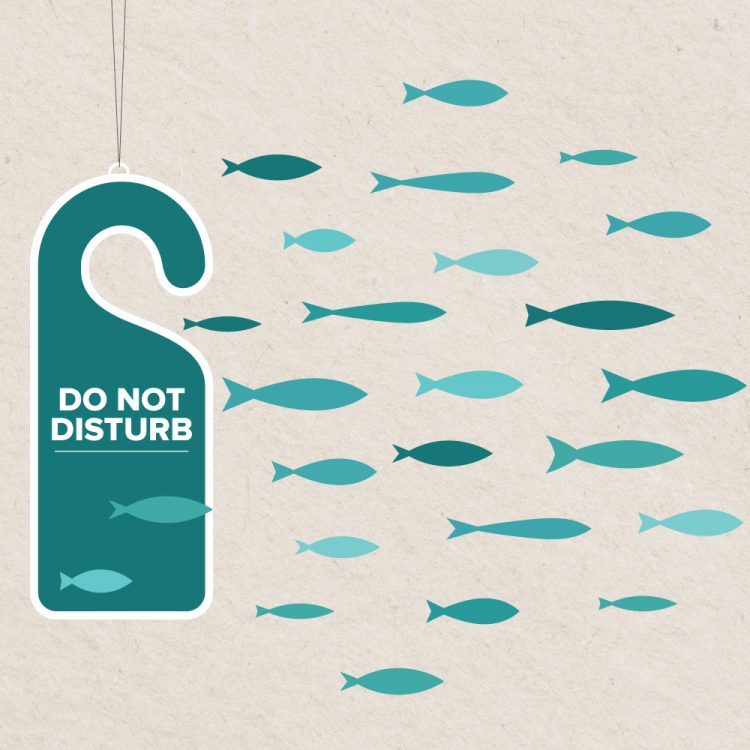TL;DR: Seawater fish will be scarce over the next few months, but you could explore our range of freshwater fish & prawns when you’re craving seafood.
And be a responsible fish consumer
As the annual seasonal fishing ban comes into effect across both coasts in the country, here is your annual refresher on what it is and how together, we can be responsible consumers and help with the sustainability efforts of the government, forums and fishermen.
What is the seasonal fishing ban?
Every year, the President of India on behalf of the department of fisheries (under the Union Ministry of Fisheries, Animal Husbandry and Dairying) issues a ban on all fishing activity on the East coast (West Bengal, Odisha, Andhra Pradesh, Puducherry, Tamil Nadu, Andaman & Nicobar Islands) and the West coast (Gujarat, Daman & Diu, Karnataka, Goa, Maharashtra, Kerala, Tamil Nadu and Lakshadweep Islands) for a period of 45- 62 days.
What is the reason for the seasonal fishing ban?
The seasonal ban on fishing is necessary to maintain a healthy level of species population and sustain marine life. The monsoon season is most conducive for spawning, hence the fishing ban comes into effect to allow sea fish species to breed without any hindrance.
This period is vital for ensuring that we never over overfish and that there is balance.
While sustainability is the primary objective of the seasonal fishing ban, it is also an intervention to protect fishermen from the dangerous and unpredictable weather conditions out at sea caused by the monsoons.
When does the seasonal fishing ban happen?
The seasonal fishing ban comes into effect, every year, in coincidence with the monsoon season on each respective coast.
On the East coast the ban starts mid April and ends in mid June. On the West coast, the ban starts from the beginning of June and finishes at the end of July.
There is a 10 to 14 day overlap between, in the first two weeks of June, where there is no fishing activity allowed on both coasts of India.
What is Licious’s take on the fishing ban?
We are committed to responsible fish and seafood sourcing. By abiding with the government regulations and ensuring our own best practices, we source all our fish and seafood from partners that are govt. verified and who practice sustainable fishing.
Year-round we ensure that we never capture immature and undersized fishes. We also ensure that the fishing practices of our partners never jeopardize the structure and function of aquatic ecosystems. It is also part of our policy to respect and uphold the needs and rights of seafood workers and fishing communities throughout the supply chain.
We are working closely with the authorities and will be abiding by the orders of the department of fisheries (under the Union Ministry of Fisheries, Animal Husbandry and Dairying) as and when they are issued. Our commitment to responsible fishing means that any fish or seafood you buy from us is ethically and responsibly sourced.
Is fish available during the ban?
The short answer is yes.
For the next 2 months, while most seawater fish & other seafood such as crabs, squid & prawns will have reduced availability, we have a range of freshwater fish and cultured seafood that you can substitute to, during the seasonal fishing ban.
Now is the perfect time to explore our freshwater (river fish) options such as Rohu, Pearl Spot, Kolkata Seabass, or Catla. Don’t forget about the variety of juicy, freshwater prawns on Licious either!
There will also be certain species of seafood that continue to be available from time to time. Keep an eye out for our ‘Seasonal Switches’ banner on the app & website – this will inform you of the similar-tasting alternates or substitutes to your regular seafood favourites.
Here are a few examples of switches you can make to help with the marine sustainability efforts:
| Unavailable seafood | Alternatives |
| Basa | Tilapia |
| Black Pomfret | White Pomfret |
| Indian Salmon | Mahi Mahi |
| Mackerel | Sardines |
| Seer | King Fish |
For more information on Licious efforts to help responsible fishing through the years, read more here.

